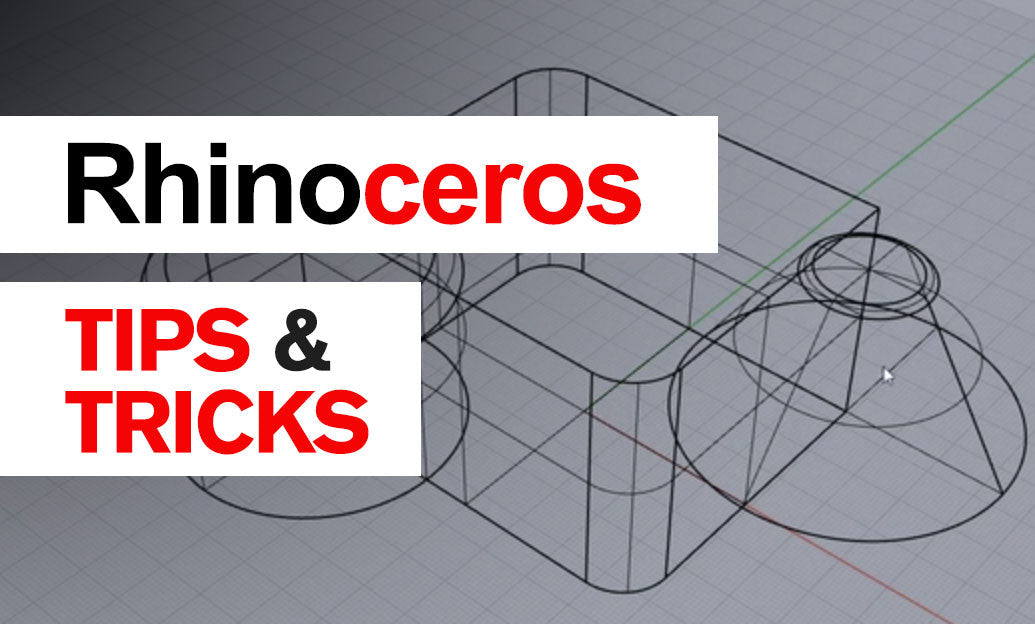Your Cart is Empty
Customer Testimonials
-
"Great customer service. The folks at Novedge were super helpful in navigating a somewhat complicated order including software upgrades and serial numbers in various stages of inactivity. They were friendly and helpful throughout the process.."
Ruben Ruckmark
"Quick & very helpful. We have been using Novedge for years and are very happy with their quick service when we need to make a purchase and excellent support resolving any issues."
Will Woodson
"Scott is the best. He reminds me about subscriptions dates, guides me in the correct direction for updates. He always responds promptly to me. He is literally the reason I continue to work with Novedge and will do so in the future."
Edward Mchugh
"Calvin Lok is “the man”. After my purchase of Sketchup 2021, he called me and provided step-by-step instructions to ease me through difficulties I was having with the setup of my new software."
Mike Borzage
V-Ray Tip: Maximizing Realism in 3D Renders: Advanced Techniques for Crafting Lifelike Grass with V-Ray Fur
July 09, 2024 2 min read

V-Ray Fur is an excellent tool for creating realistic grass and furry surfaces in your 3D scenes. Its efficient rendering capabilities can add that extra level of detail that makes your renders stand out. As an experienced application engineer, I'd like to share some insights into making the most of V-Ray Fur to create lush, realistic grass.
- Start with the Basics: Begin by applying V-Ray Fur to the surface where you want to simulate grass. Adjust the parameters for length, thickness, and distribution to get a general feel for the grass's appearance.
- Grass Variability: Real grass is not uniform in color or height. Use the V-Ray MultiSubTex texture to add color variation and enhance realism. Make sure to vary the height and bending to simulate natural conditions.
- Optimize Grass Density: While dense grass may look good, it can significantly increase render times. Find a balance between density and appearance that suits your scene and rendering budget.
- Use Proxies for Large Areas: When dealing with extensive grassy landscapes, use V-Ray Proxy objects to represent the grass in the distance. This will conserve memory and reduce render times.
- Employ Global Illumination: For outdoor scenes, ensure global illumination (GI) is enabled to simulate natural light bounce, giving your grass a more integrated look in the environment.
- Layer Multiple Patches: Instead of one large V-Ray Fur object, create several patches with slight variations and layer them. This technique adds depth and complexity to the grass.
- Wind and Movement: Static grass can look artificial. Add subtle movement by using maps to simulate wind effects and further enhance the realism.
- Consider the Camera Angle: Optimize the grass's look according to your camera's viewpoint. No need for hyper-detail on areas not visible or out of focus in the final shot.
- Render Optimization: Be mindful of the effects grass can have on render times. Use V-Ray's render settings to optimize the quality versus speed trade-off.
- Post-Processing: Sometimes, it's easier to add the final touches of realism in post-production. Use render elements to have more control over the grass's look in compositing software.
For more advanced tips and a comprehensive selection of V-Ray software, plugins, and more, visit NOVEDGE, the leading online software store for design professionals. Their experts can help you find the right software solutions for your projects.
By following these tips, you can create stunning, realistic grass in V-Ray, adding life and realism to your architectural renders, landscapes, and other outdoor scenes.
You can find all the V-Ray products on the NOVEDGE web site at this page.
Also in Design News

Rhino 3D Tip: Understanding Surface and Solid Modeling in Rhino for Enhanced Workflow Efficiency
August 30, 2025 3 min read
Read More
Unlocking Advanced Animation Techniques: Five Studio-Proven Tricks to Elevate Your 3ds Max Workflow
August 30, 2025 6 min read
Read MoreSubscribe
Sign up to get the latest on sales, new releases and more …



